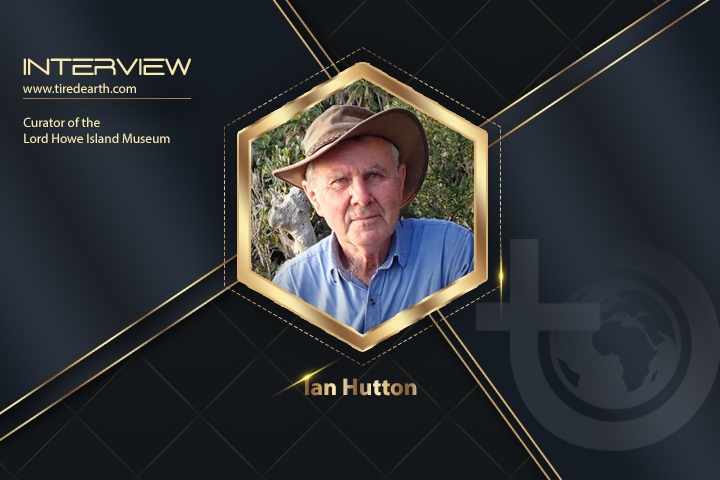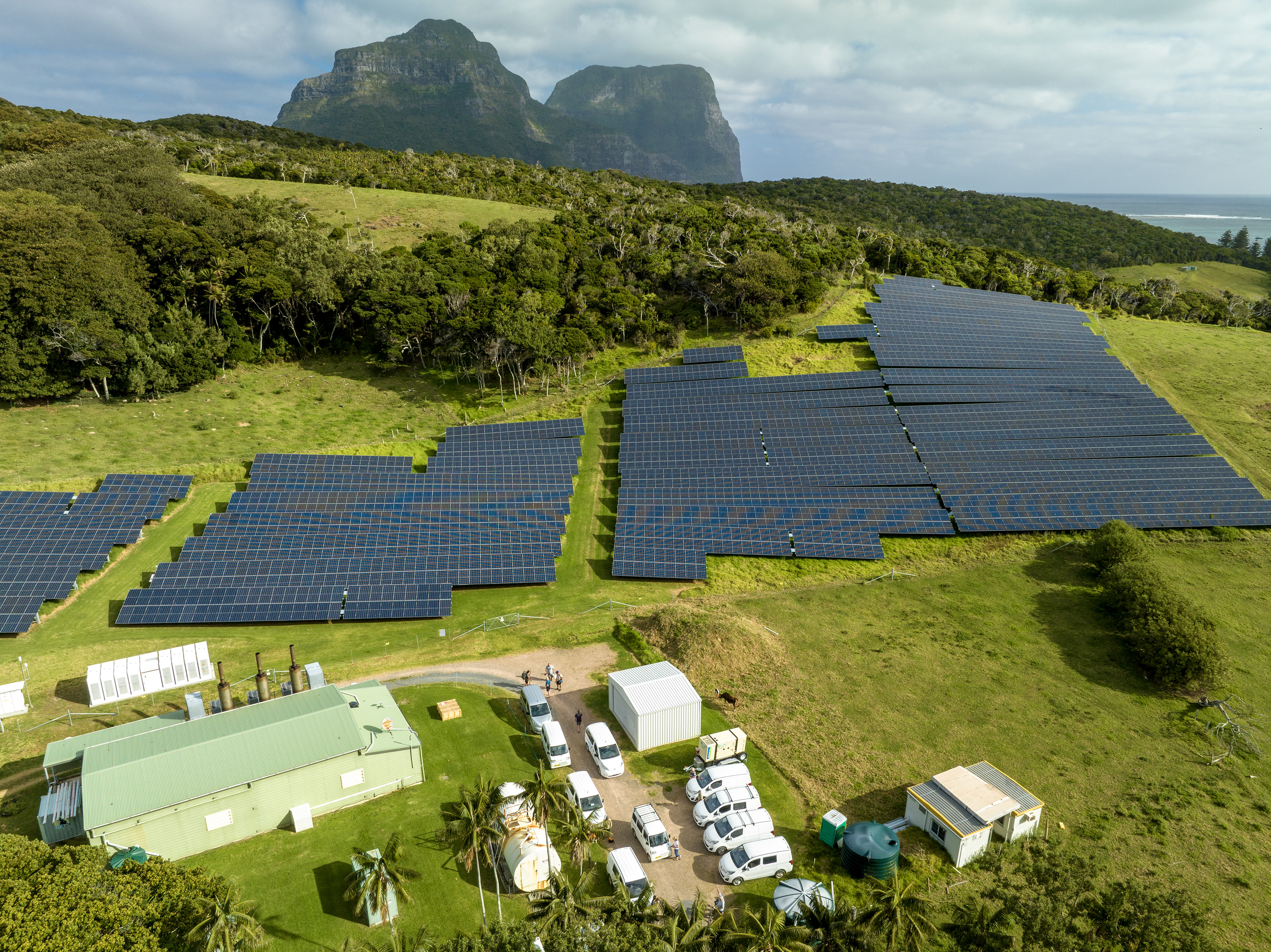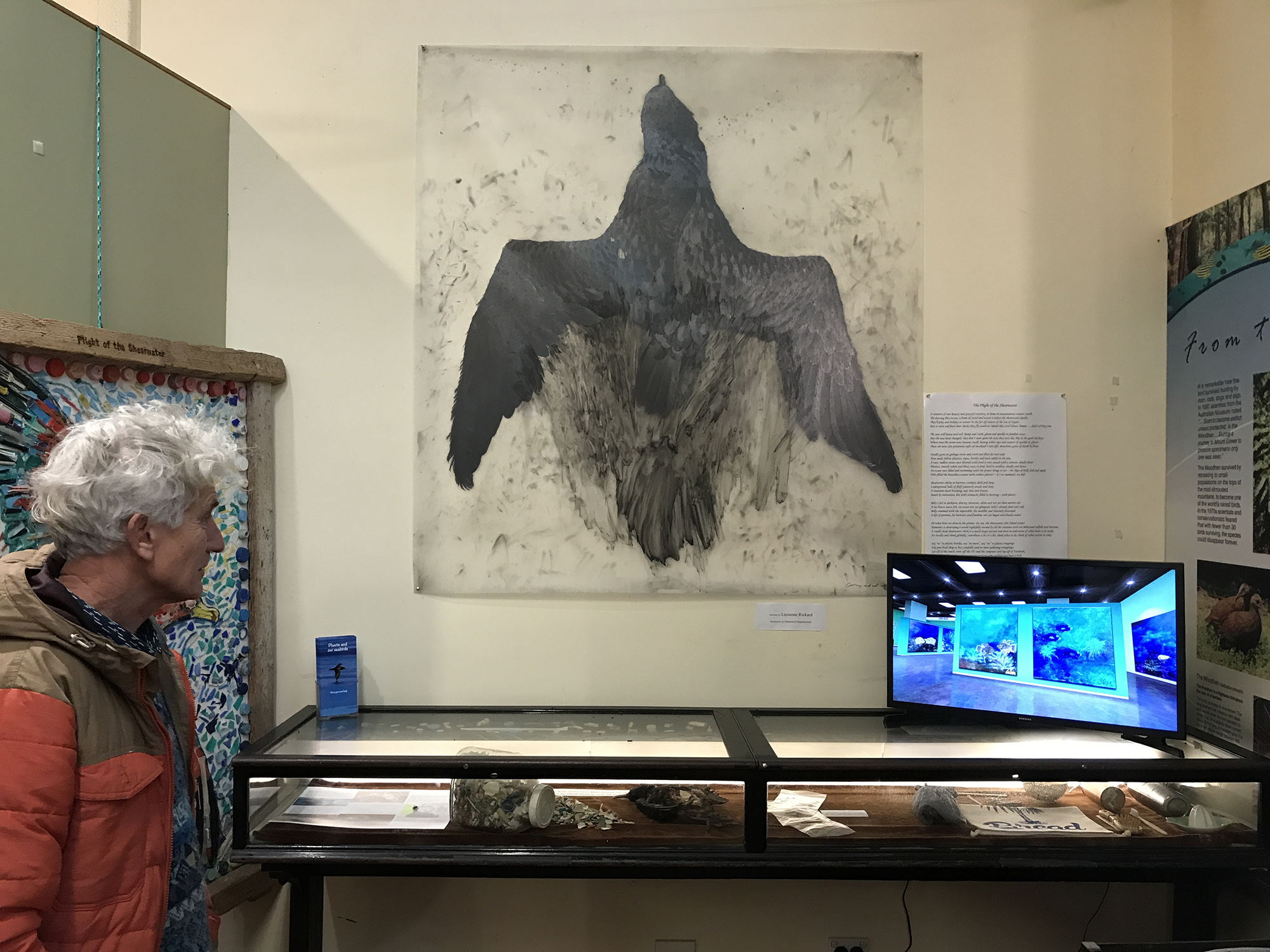03 Dec 2024

Ian Hutton
AU
Each year the Museum promotes various international programs to create awareness around environmental issues.

This interview was conducted by Selva Ozelli
Lord Howe Island Museum is a Natural History, Culture and Art Museum located in Lord Howe Island which is a UNESCO World Heritage Centre. Tell us about your museum and the Museum’s logo.
Lord Howe island does have amazing stories to tell - with its World Heritage nature, and human contact coinciding with settlement of Australia by Europeans in 1788. The museum houses an Environmental Gallery featuring the World Heritage values; and an Historical gallery telling the human stories from 1788. In both galleries, professional techniques using words, photographs, art and objects are employed to engage and inspire viewers. The Museum logo is the Horned turtle (Meiolania platyceps). This creature used to roam around the low parts of the islands until about 120,000 years ago. Its fossil bones had been collected from the 1850’s, but a find in 1972 recovered a complete fossil skeleton. The AMNH prepared the bones to make a full sized model of this skeleton, which is on display at the museum.
LHIM has a diverse collection of Lord Howe Island’s heritage, culture, fine art and natural history which contribute to its international reputation. How do you intend to shape LHIM's exhibitions and programming?
The museum committee members are dedicated to showcasing the natural values of the island, and highlighting the conservation objectives achieved, and planned, as inspiration as to what can be achieved with dedication to the environment, so that people go away with more environmental awareness. A number of temporary exhibitions and displays are mounted each year, to highlight emerging issues, and bring freshness to the galleries. Three public lectures are held each week at the museum, to showcase various aspects of the island, and each has an environmental message such as Ocean Plastic or Climate Change. Visiting researchers are invited to give a public presentation on their research to the locals and visitors. Most of this research has an environmental management focus. We are developing the website to spread environmental messages wider.
This year at the United Nations Climate Change Conference (COP28) in Dubai, UAE world leaders will discuss climate action at the subnational level. What are your museums sustainability initiatives?
The LHI Museum uses solar hot water system to minimise energy usage, and is linked to the Island solar electric farm, with approximately 80% pf the island’s electricity now derived from this sustainable source. The museum houses a tv monitor displaying real time what the Island’s energy system is doing each day, so visitors can see the substantial input from solar in the community. The museum building was designed to be passively cooled so no air conditioning is required. Cleaning products and café items are all selected for best sustainable practice.

Tell us about your sustainability related art programming.
Ocean plastic affects our Flesh footed shearwater more than any other seabird in the world. Using art is one way that we are able to coney the message to visitors, and hopefully make them aware of this problem and make changes in their daily lives to minimise the impact of plastic. We have an art seabird mural made by local artist and school children from beach collected plastic items. The museum sourced a sponsor to have four see-through bins at beaches for visitors and locals to collect plastic off the beach. We regularly hold workshops to have visitors sort this beach plastic into different categories, which is then tallied and entered in a national database about ocean plastic. We screen on a tv monitor daily environmental art such as seen on Future of Power art show.

Does LHIM collaborate with the United Nations, ICOM or the Plastic Free July Foundation?
Each year the Museum promotes various international programs to create awareness around environmental issues. This is through posters, web blogs and lectures at the museum. We collaborate with the local school children on plastic free initiatives such as printed cloth bread bags, recycling plastic pens, art exhibitions.
Tell us about the inspiration behind your Lord Howe Tours.
I originally started to share my knowledge and passion about the island to visitors through slide presentations at the museum in the 1980’s. People would enjoy these and often asked if I would be able to take them one walks to see the nature first hand. I did start doing that, as a free service, and gradually have developed a range of half day, full day tours looking at marine life, birds, plants, geology; and some special weeks focused on one aspect such as birds. I do enjoy seeing the pleasure people derive from being able to experience and learn about nature, and I can highlight the wonderful conservation success on the island, hoping that people go away with better appreciation for the need to protect the planet and all of its species.
How can people get more involved in LHIM and in preserving the environment?
When people visit Lord Howe Island, come down and learn about the amazing environment through displays and lectures. If you are involved with conservation on another island, you may like to share that at the museum with a PowerPoint presentation for locals and visitors. You might like to sponsor a project that the museum requires funding for, as seen on our website.
The Museum also works closely with the Friends of Lord Howe Island group that promotes week-long ecotours to the island where people can visit on this special week, where mornings are spent on conservation projects such as assisting with weed eradication, or beetle surveys. And the afternoons learning about the island on guided walks.
How can artists, people reach you?
People can contact me at the email curator@lhimuseum.com. If visiting the island please make contact ahead and we can see if there are any opportunities for collaboration with art and conservation while you are here.
Comment